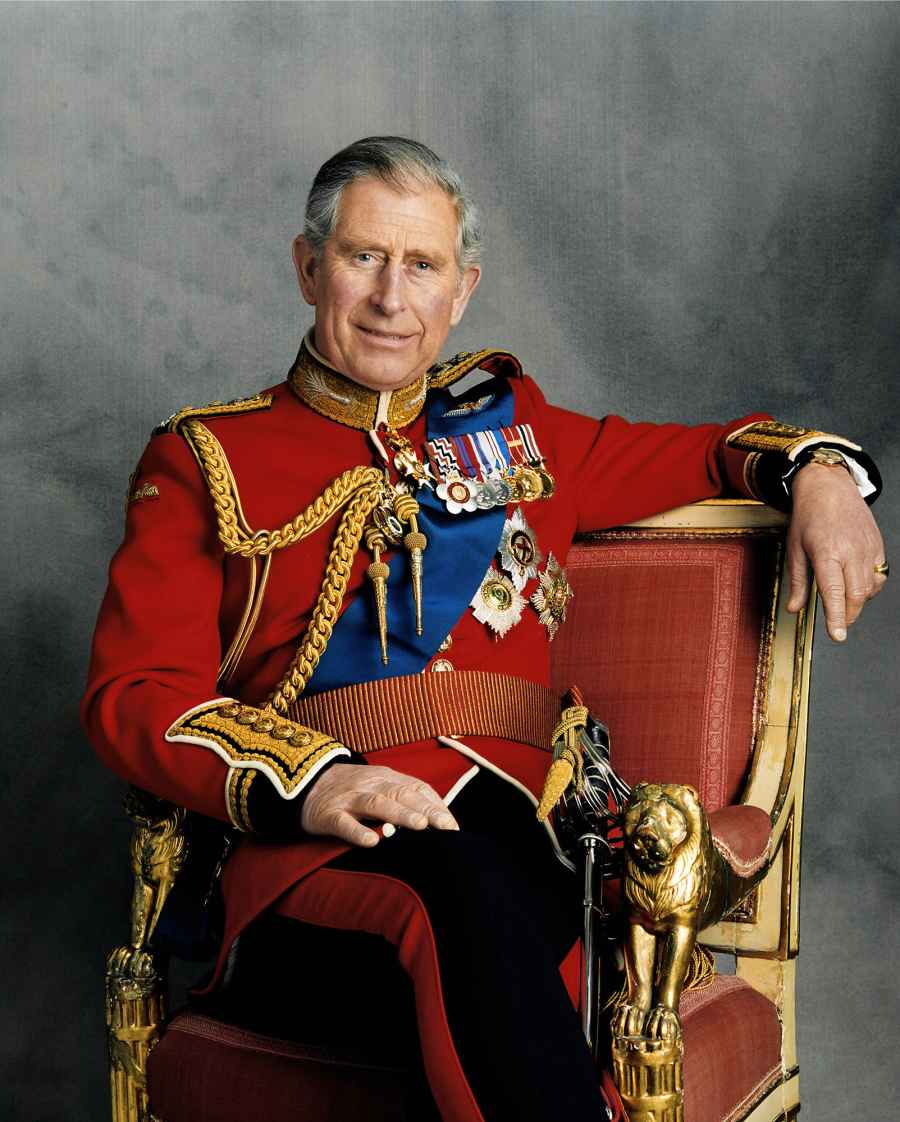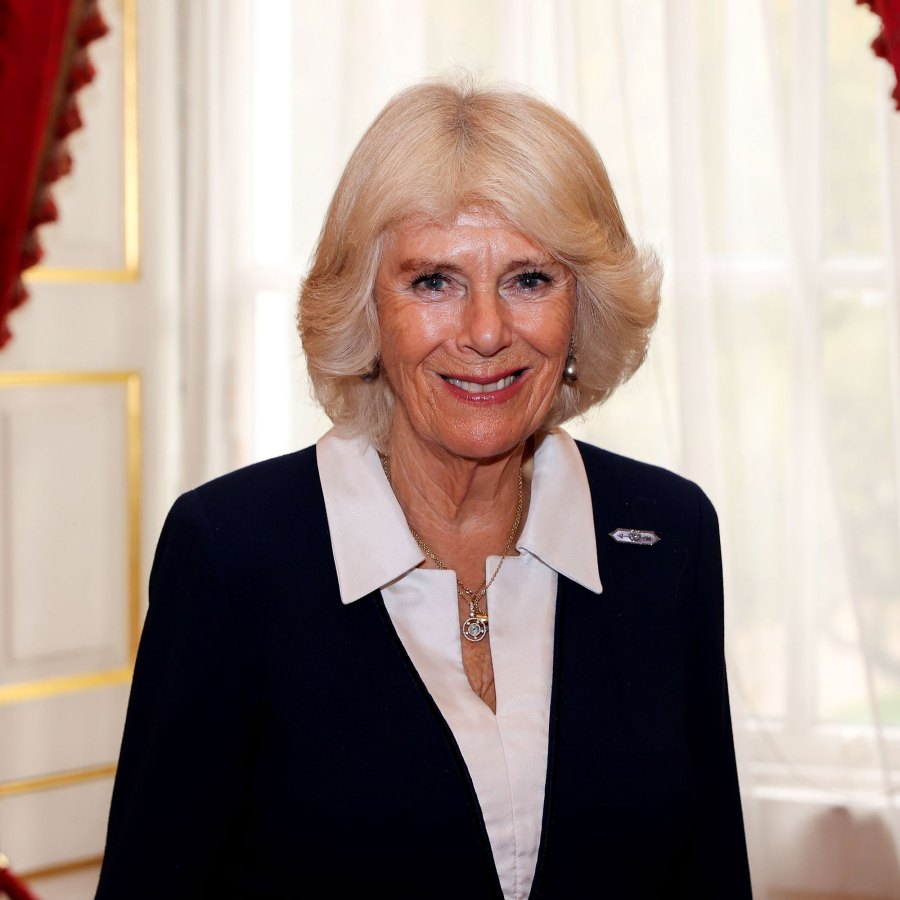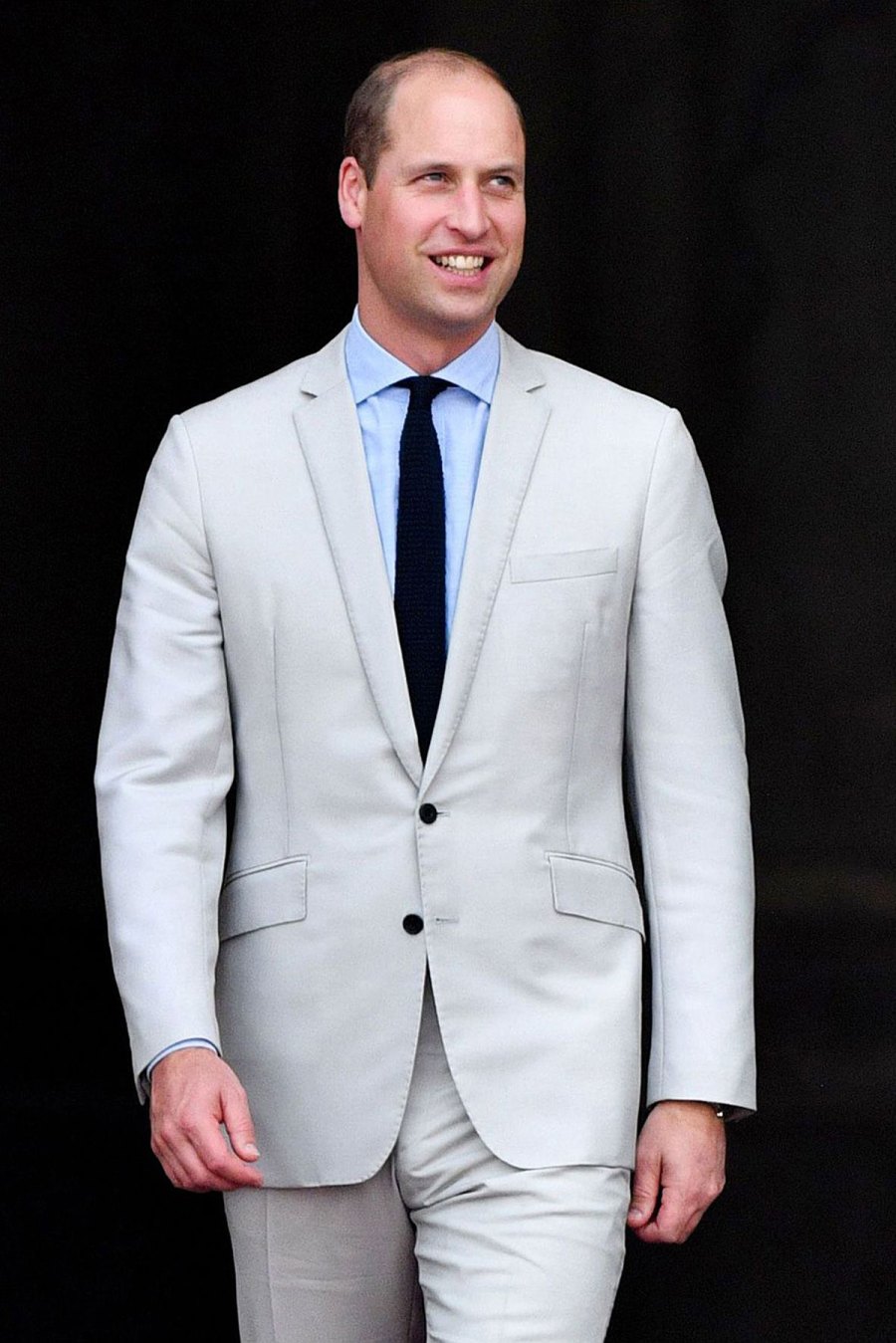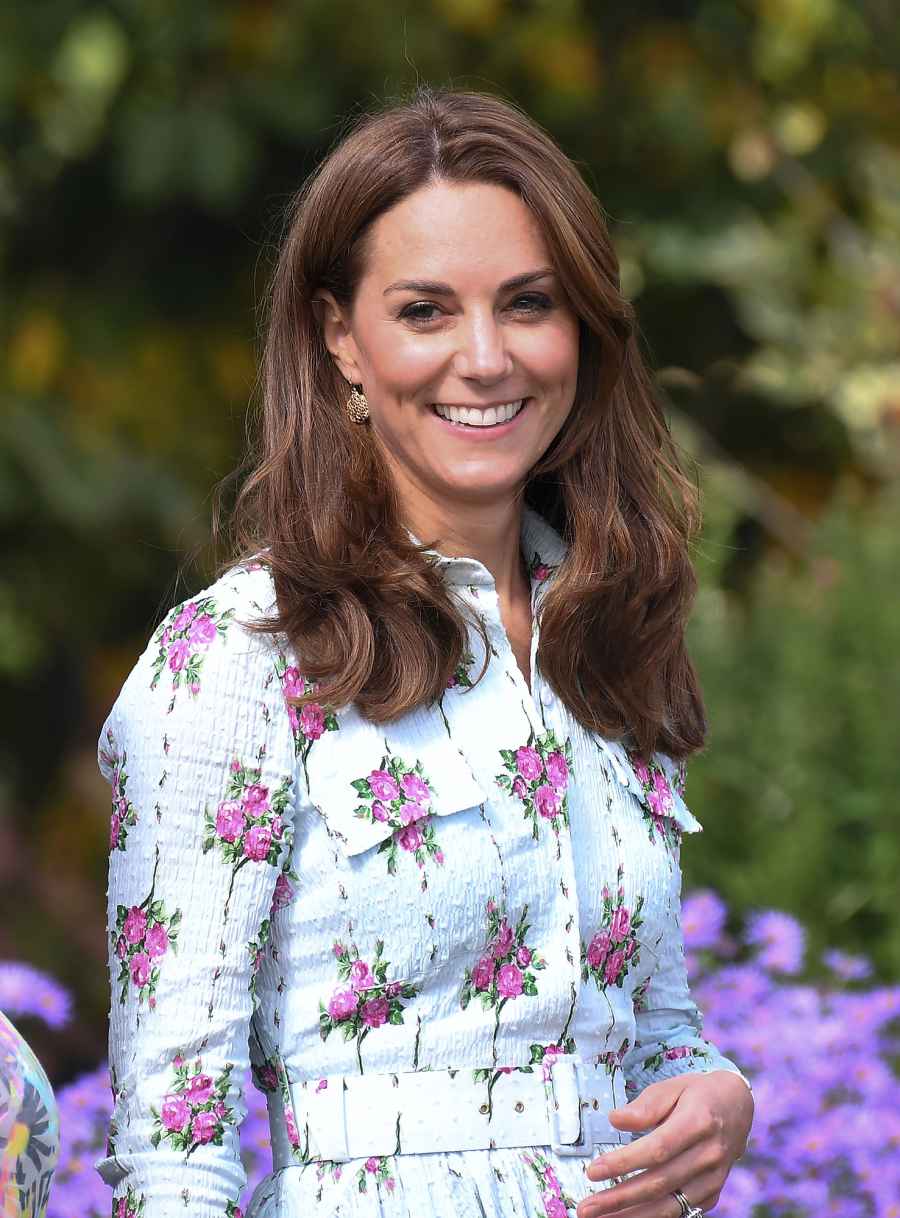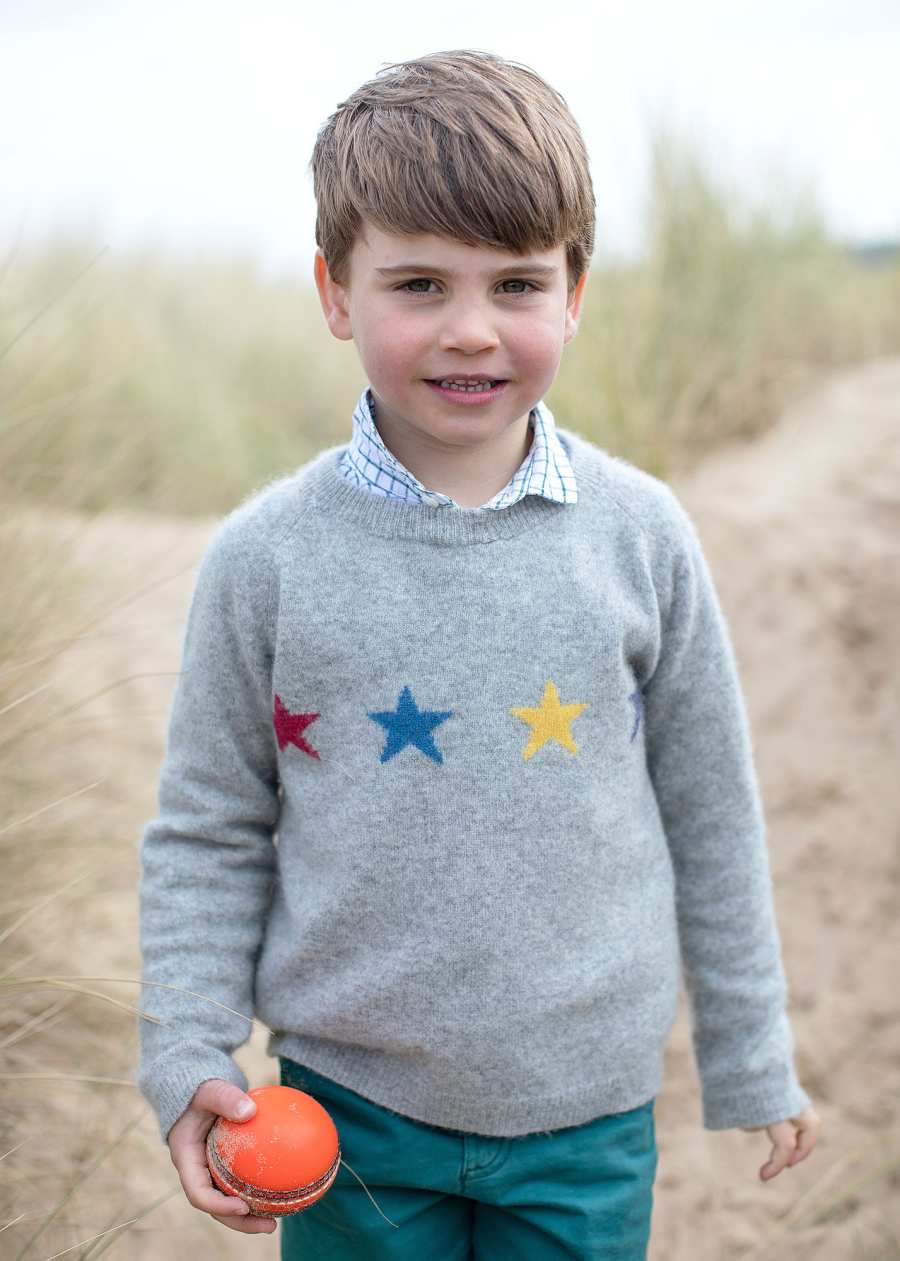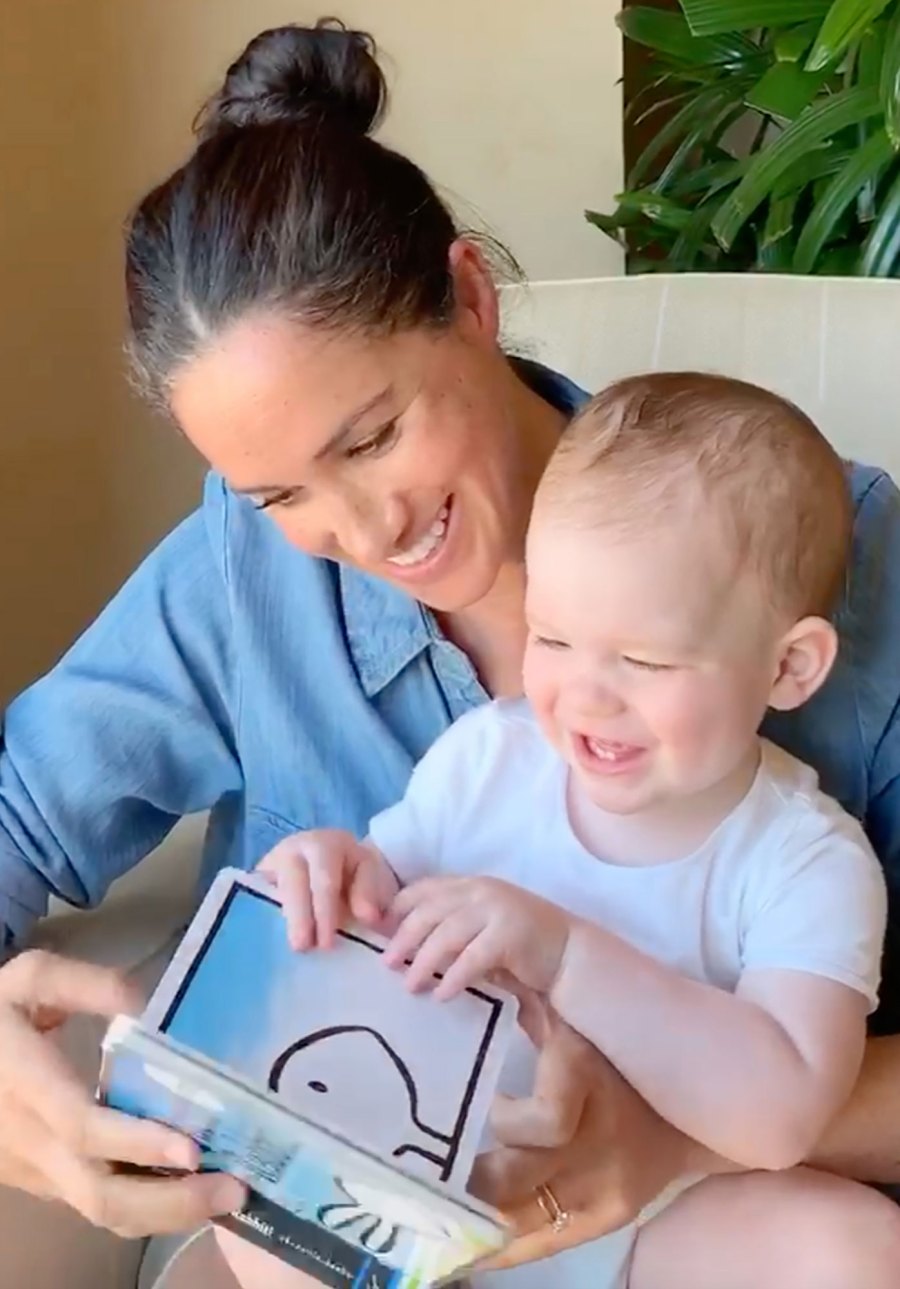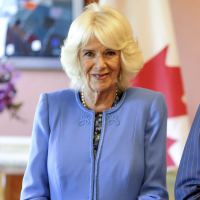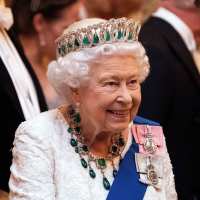Changing names. Following Queen Elizabeth II‘s death, many of her family members will gain new titles — including Prince Charles, Prince William and Duchess Kate.
After the monarch died at age 96 on Thursday, September 8, the Prince of Wales, 73, immediately became king. He is now officially styled as King Charles III, but his coronation may not happen for months. (While his mother acceded to the throne in February 1952, her formal coronation didn’t take place until June 1953.)
Charles addressed his mother’s death in an emotional statement on Thursday, with his official letterhead reading His Majesty the King.
“The death of my beloved mother, Her Majesty The Queen, is a moment of the greatest sadness for me and all members of my family,” he wrote. “We mourn profoundly the passing of a cherished Sovereign and a much-loved Mother. I know her loss will be deeply felt throughout the country, the Realms and the Commonwealth, and by countless people around the world.”
He added: “During this period of mourning and change, my family and I will be comforted and sustained by our knowledge of respect and deep affection in which The Queen was so widely held.”
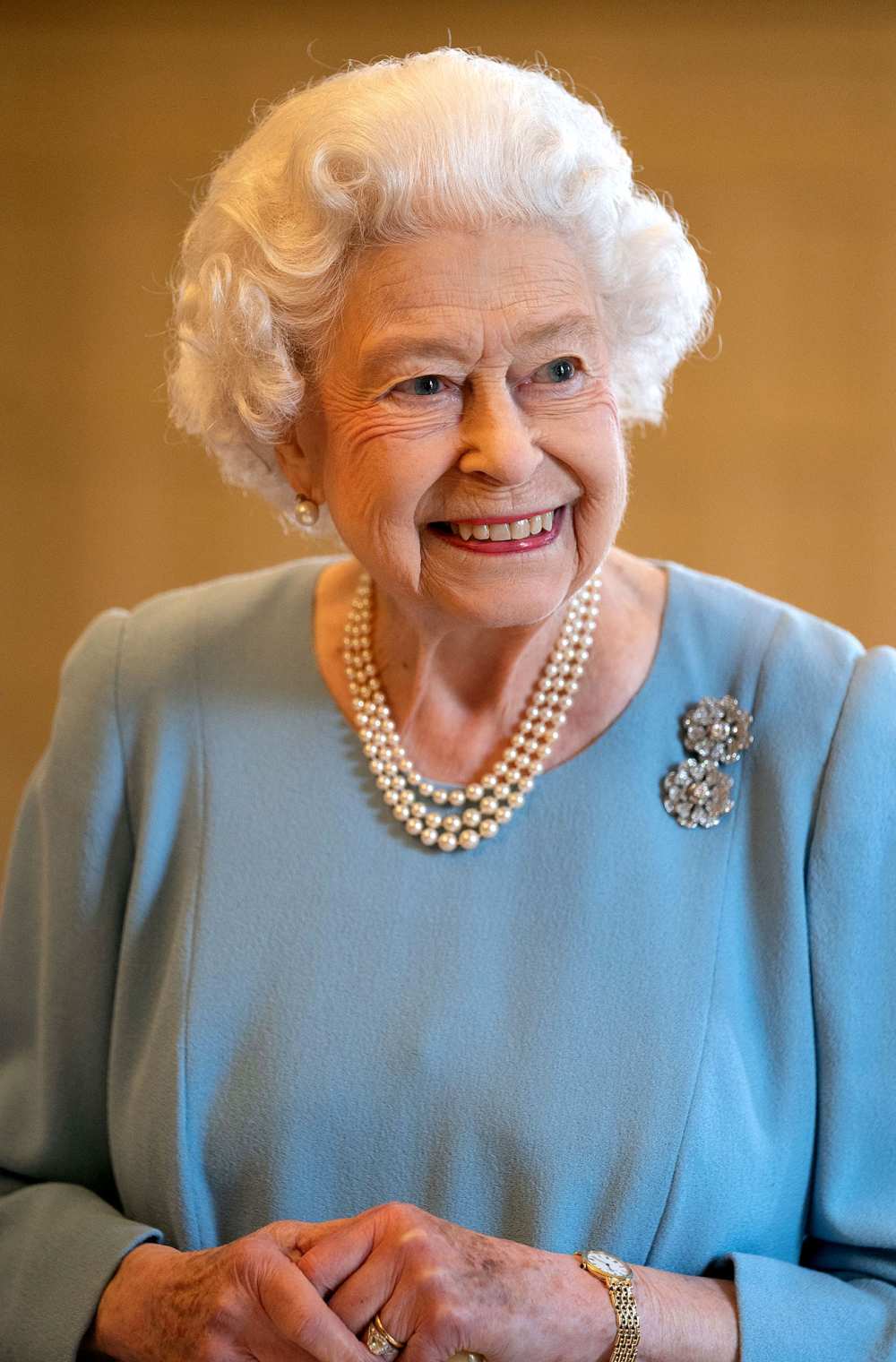
While the king’s title change holds the most importance, many other royals gained new monikers after the queen’s death. In addition to being the Duke of Cambridge, 40-year-old William is now also the Duke of Cornwall, which was a title held by his father before he became king.
The former military pilot will eventually assume the title of Prince of Wales, which is reserved for the heir apparent. Charles automatically vacated the office when he became king, but the title is not heritable because it is merged with the crown. This means that the new king must formally appoint William as the new Prince of Wales. (Charles was named Prince of Wales at age 9, but he wasn’t formally invested until 1969, when he was 20.)
During his first national address as king on Friday, September 9, Charles confirmed his intention to name his eldest son Prince of Wales. “Today, I am proud to create him Prince of Wales, Tywysog Cymru, the country whose title I have been so greatly privileged to bear during so much of my life and duty,” the king said, adding that Kate, 40, will now become the new Princess of Wales. “With Catherine beside him, our new Prince and Princess of Wales will, I know, continue to inspire and lead our national conversations, helping to bring the marginal to the center ground where vital help can be given.”
The Princess of Wales title was previously held by Charles’ wife, Duchess Camilla, who became Queen Consort after Elizabeth’s death. William’s mother, Princess Diana, was also named the Princess of Wales following her 1981 marriage to Charles. After the couple divorced in 1996, the late royal was renamed Diana, Princess of Wales and lost the style Her Royal Highness.
Some of the youngest members of the royal family will also gain new titles. Though their parents, Prince Harry and Meghan Markle, stepped down as senior working royals in January 2020, 3-year-old Archie and 15-month-old Lili technically became prince and princess when Charles assumed the throne.
Rules established by King George V in 1917 state that only grandchildren of the monarch can claim royal titles, which is why the duo weren’t previously eligible under Elizabeth’s reign. (William’s kids were an exception to this rule as the children of the Prince of Wales’ eldest son.)
Last year, royal biographer Andrew Morton told Us Weekly that Archie was offered the courtesy title Earl of Dumbarton, but Harry, 37, and Meghan, 41, turned it down for fear that their son would be mocked at school.
“[They] decided against that because they felt that the word ‘dumb’ in the word ‘Dumbarton’ would have been used as mockery when Archie went to school,” the Diana: Her True Story author explained in October 2021. “It shows you their sensitivity to image.”
Keep scrolling for a complete guide to which royal titles are changing after the queen’s death.
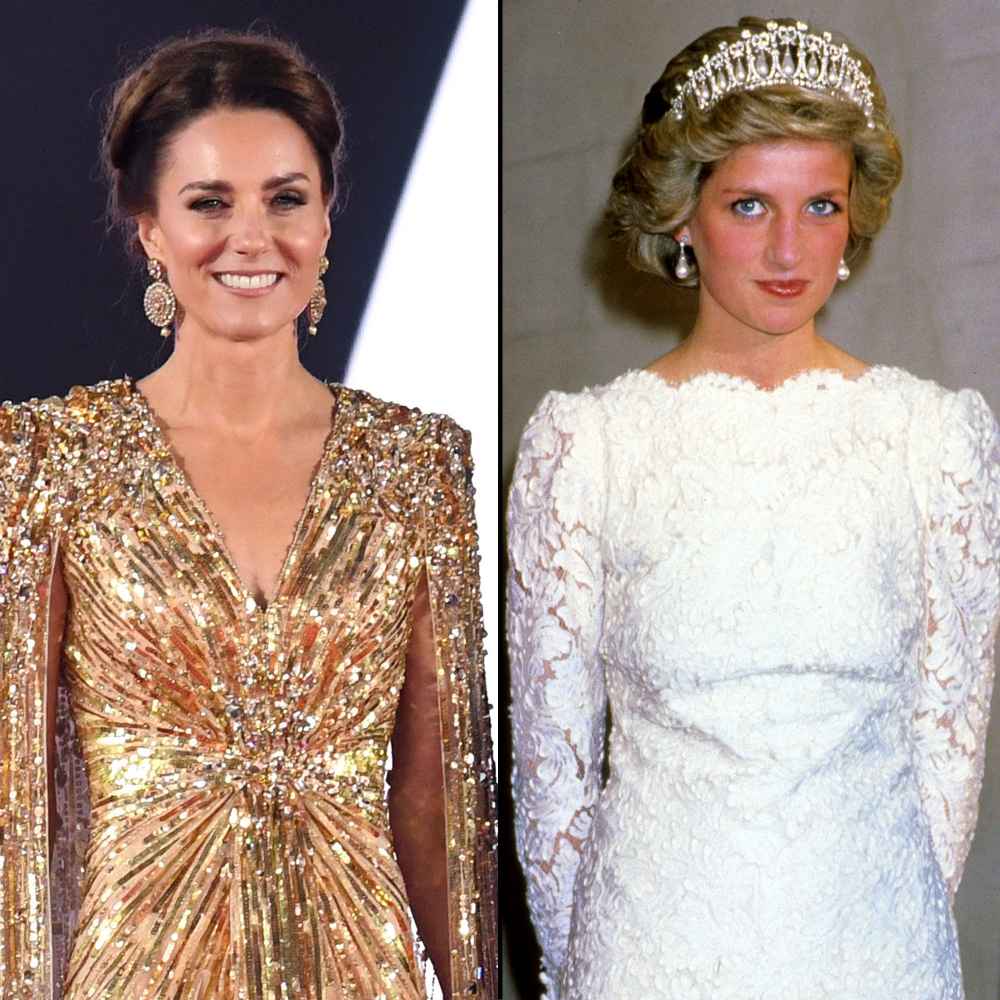

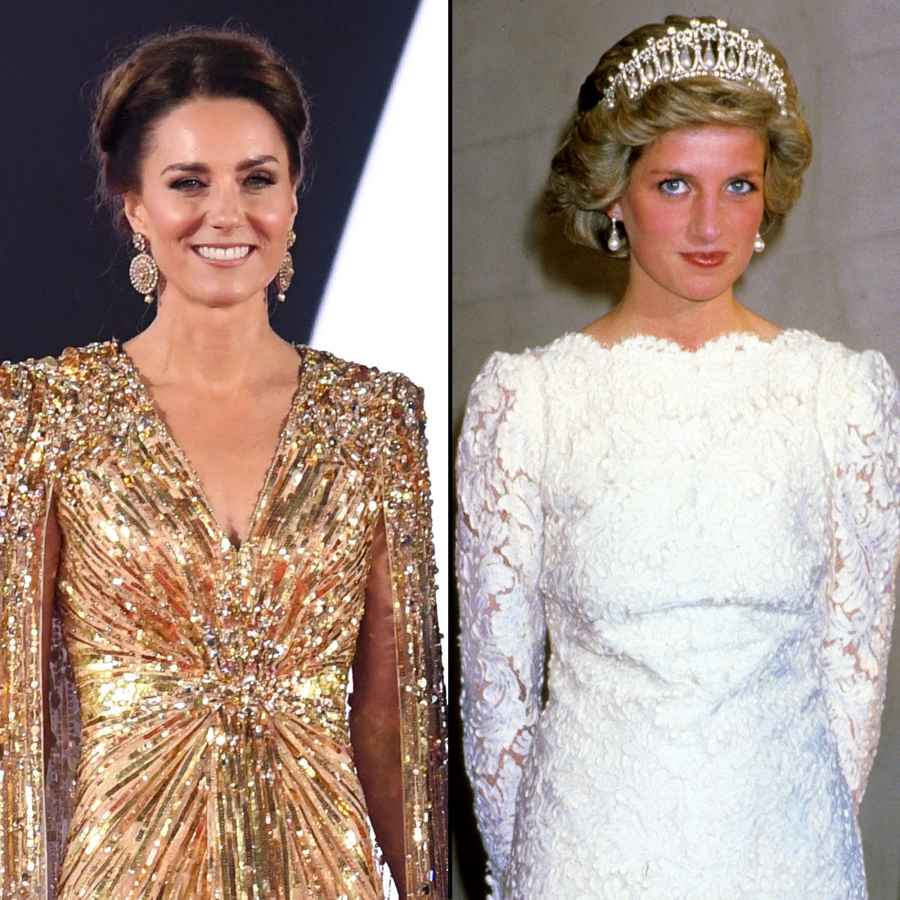
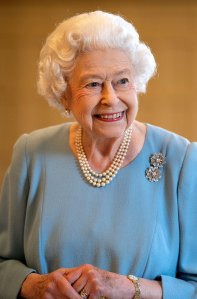 Queen Elizabeth II[/caption]
While the king's title change holds the most importance, many other royals gained new monikers after the queen's death. In addition to being the Duke of Cambridge, 40-year-old William is now also the Duke of Cornwall, which was a title held by his father before he became king.
[ami-related id="1603" url="https://www.usmagazine.com/celebrity-news/pictures/royal-family-tree-queen-elizabeth-kids-and-grandkids-2013107/" title="Queen Elizabeth II's Royal Family Tree" target="_blank" thumb="false" imgsrc="https://www.usmagazine.com/wp-content/uploads/2019/12/Royal-Family-Tree-update-01.jpg?quality=82&strip=all" imgid="1666569" format="gallery" flag="" channel="1"]
The former military pilot will eventually assume the title of Prince of Wales, which is reserved for the heir apparent. Charles automatically vacated the office when he became king, but the title is not heritable because it is merged with the crown. This means that the new king must formally appoint William as the new Prince of Wales. (Charles was named Prince of Wales at age 9, but he wasn't formally invested until 1969, when he was 20.)
During
Queen Elizabeth II[/caption]
While the king's title change holds the most importance, many other royals gained new monikers after the queen's death. In addition to being the Duke of Cambridge, 40-year-old William is now also the Duke of Cornwall, which was a title held by his father before he became king.
[ami-related id="1603" url="https://www.usmagazine.com/celebrity-news/pictures/royal-family-tree-queen-elizabeth-kids-and-grandkids-2013107/" title="Queen Elizabeth II's Royal Family Tree" target="_blank" thumb="false" imgsrc="https://www.usmagazine.com/wp-content/uploads/2019/12/Royal-Family-Tree-update-01.jpg?quality=82&strip=all" imgid="1666569" format="gallery" flag="" channel="1"]
The former military pilot will eventually assume the title of Prince of Wales, which is reserved for the heir apparent. Charles automatically vacated the office when he became king, but the title is not heritable because it is merged with the crown. This means that the new king must formally appoint William as the new Prince of Wales. (Charles was named Prince of Wales at age 9, but he wasn't formally invested until 1969, when he was 20.)
During 